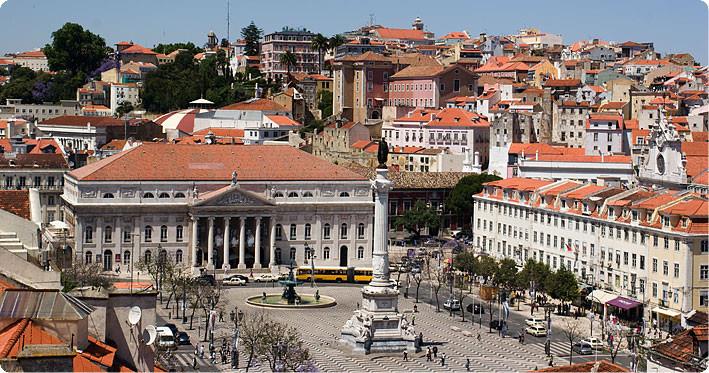IMI automatic exemption reached 1.17 million people this year

- Monday, June 17, 2019
Attributed automatically by the Tax and Customs Authority to people with income and low-value real estate, the Municipal Property Tax exemption (IMI) included 1.17 million taxpayers this year. This tax benefit applies to owners of properties with a Tax Value of less than 66,500 euros and with households whose gross annual income does not exceed 2.3 Indexes of Social Support (IAS), that is, 15,295 euros (475 euros x 14 months x 2.3 IAS).
But the criteria for granting exemption from IMI are not exhausted here. Taxpayers may benefit from a maximum period of three years without paying IMI, provided that the property in question has a VPT of less than EUR 125 000, and that the taxable income in the year prior to the acquisition did not exceed EUR 153 300.
"For the year 2018, the exemption of IMI for low-VPT buildings from low-income taxpayers was recognized at 1,170,789 taxpayers," the official source at the Ministry of Finance told Lusa.
Data from the Ministry of Finance refer to IMI for 2018, even though the practical effect of the exemption relates to 2019.
Lusa says it has questioned the Ministry of Finance about the number of IMI automatic exemptions granted in 2018 (for the 2017 tax) but did not get a response.
The latest data available refer to 2017, the year 1,240,835 of these exemptions were granted for low yields and low value assets.
Landlords with old incomes recover discount on IMI
Meanwhile, the PS has tabled a proposal in Parliament to allow anyone who still has buildings with old rents whose annual value falls far short of the VPT of the property to qualify for a discount in the IMI calculation.
In issue is a safeguard clause created in 2012, but that only applied to those who presented in that year in Finance a share of rents with that information, leaving out who did not do so within the period then stipulated, writes the Journal of Business.
"There is a problem that we want to help solve and that is the landlords injured because they pay more of IMI than the volume of incomes they receive during the year," said João Paulo Correia, vice president of the PS parliamentary bench. "Many of these people face even a fragile economic situation and keep the low incomes, even attending, in turn, the age and economic weaknesses of the tenants," added the deputy.
The safeguard clause for owners of pre-1990 leased buildings (or 1995 for non-residential leases) was created following the 2012 general real estate appraisal, which substantially updated the VPT of real estate, especially from the long-standing ones that were not revalued for tax purposes. The safeguard determined that the VPT of these buildings, for the exclusive purpose of IMI, could not exceed the amount that resulted from the capitalization of the annual rent by the application of factor 15, thus avoiding that the tax payable could exceed the amount of the annual rent.
According to the publication, the problem is that, in order to benefit from this tax benefit, the owners had to do what was called rent participation by going to the Finances and reporting the value of the incomes they received so that the VPT was calculated for exclusively from IMI which would henceforth pay. But the deadline for doing so ended on November 2, 2012.
Data released by the tax authorities at the end of this year revealed that only 9,123 owners participated. These landowners represented a total of 22,671 urban properties leased with "old rents", a portion corresponding to 8.9% of the 255,536 properties that, according to the 2011 census, would then still be in these conditions.
João Paulo Correia said that there are no official figures on how many will currently be in a situation of loss, but said he estimates that "there will be thousands" according to the information that came to Parliament brought by representative associations of owners during the hearings under the law of housing bases.
Source: https://www.idealista.pt/news/financas/fiscalidade/2019/06/17/39968-isencao-automatica-de-imi-chegou-a-1-17-milhoes-de-pessoas




